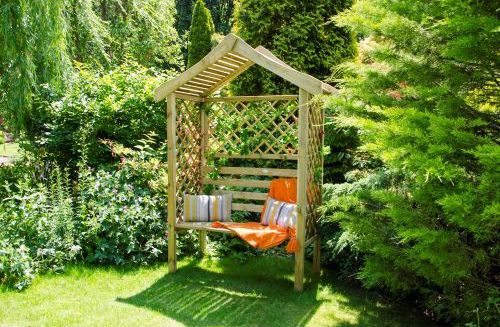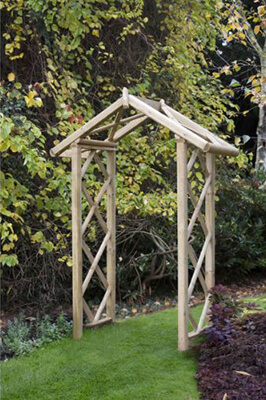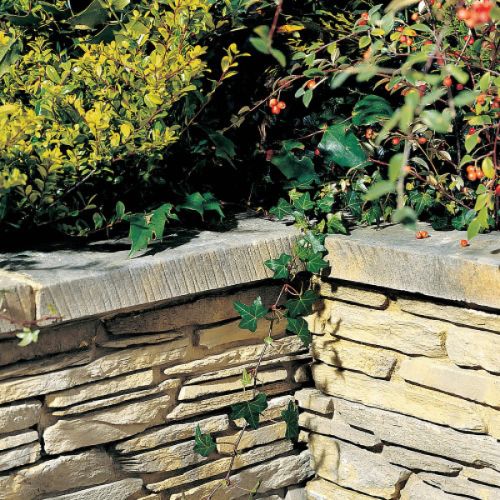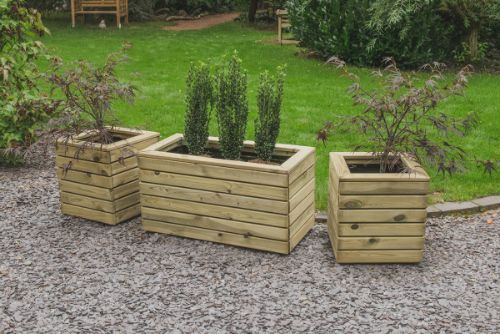
How to Create a Cottage Garden

Forest Parisienne Arbour
Cottage gardens evoke a feeling of summer days, timeless and romantic, full of sweet-scented and beautiful flowers. So how should you create a cottage garden? Firstly, a lot will depend on whether you have an existing garden or a blank canvas to work on. If you have a new bare garden then you can start to plan from scratch whereas with any existing garden you will need to decide what parts to keep, as some plants may fit in with the cottage garden theme.
Cottage gardens were originally made in small gardens of the homes of labourers and farm workers. They needed to cram in vegetable plants and herbs to feed their families. Flowering plants were added to help keep away insects like blackfly or carrot root fly that would damage the vegetable crops. This was the look that inspired the landowners in large houses to try and create the same style, leading to the flower-filled gardens that we think of today, as a cottage garden.
Fencing
So starting with the hard landscaping, cottage gardens are usually depicted with a low, white picket fence. You may decide to fence your plot, but you could choose any colour or any different style of fence you wish. If you have a large garden you may decide to transform just a section into a cottage garden surrounded by fencing to keep it authentic. Cottage gardens often have a gate with a rose arbor or trellis over it as a feature welcoming you into the garden.

Forest Rose Arch
Flower Beds and Footpaths
Once your boundary fence is in place you can mark out where your flower beds will be. In a cottage garden there is little room for anything else, so mark out large sweeping shapes and pathways in between them, so that you can reach all areas of the flower bed. Cottage gardens look best with curved pathways if possible, as they draw the eye to hidden areas and make the garden inviting. Any materials can be used for making a path, traditionally bricks would have been used and to form an edge to the path. You could use paving slabs or lose materials like gravel or bark as long as you edge the path to stop the materials disappearing into the borders.
Using a Trellis
You could add trellises to any walls that surround your plot, this helps to add height and interest. Trellis is ideal for growing climbing Roses, Clematis and sweet-scented Sweet Peas. You could even grow runner beans for a traditional twist as they have pretty flowers before the beans form and they are tasty to eat.
Soil
Once your flower beds are planned out, then you need to work on the soil. It should be thoroughly dug over and raked to remove any weeds. Adding good organic materials at this point would be a great idea too, as this supports healthy plant growth and plenty of flowers. The sort of things to add are; compost, well-rotted manure and fertilizer, once your plants are in place you can also mulch the earth as well. This helps to keep the moisture in and the weeds at bay, saving you a lot of watering and weeding later on.

Bradstone Madoc Coping Weathered Cotswold
Choosing your Plants
Now comes the exciting part of choosing plants. Cottage gardens require plants to be planted closely together. For an all-year-round appeal, you will need to choose plants that flower at different times. Consider planting bulbs that will appear in spring, like Hyacinths, Daffodils and Tulips or autumn types like Nerines. Camellias are a good shrubby plant for colour early in the year as is Winter Jasmine or Forsythia. Buddleias are great for late summer colour, Mock Orange for summer scent like no other with Berberis and Skimmia for autumn colour.
Cottage gardens really come into bloom in early summer and with wise plant choice you can keep that going throughout the seasons. Roses are a good choice either climbing, standard or bush as they have a long blooming season and add perfume. Peonies have large flowers and add a cottage garden feel with their floppy casual style.
Tall Plants
For the backs of borders or the middle, if you can walk right around the border, you need some height and depth. This is where the shrubby plants can be useful to add shape and form. The next level down can be high plants like Delphinium, Lupin, Goldenrod, Verbascum, Foxgloves and Aquilegia these are all brightly coloured and also make good cut flowers for indoors. You could also add sunflowers which are easy to grow from seed, they are available in several heights and colours.

Forest Linear Planter
Medium to Short Plants
The next level down is the medium to shorter height plants, like dianthus, pinks, lavender, and perennial geraniums, these add a splash of colour and some are scented too. Herbs and small plants are ideal to edge the borders. Most of the plants are perennial which means they will appear every year, and some may self-seed meaning you get free plants and sometimes variations of colour which all adds to the patchwork of plants.
Traditionally hollyhocks were grown in cottage gardens along the walls of the cottage. They were used to help take moisture away from the building in the days before damp courses. Now, you can plant them where you like to add height.
Finishing Off
To finish off your cottage garden add some interesting features. A white painted garden seat to match the picket fence can look lovely and a strategically placed wheelbarrow or watering can, as a finishing touch.
